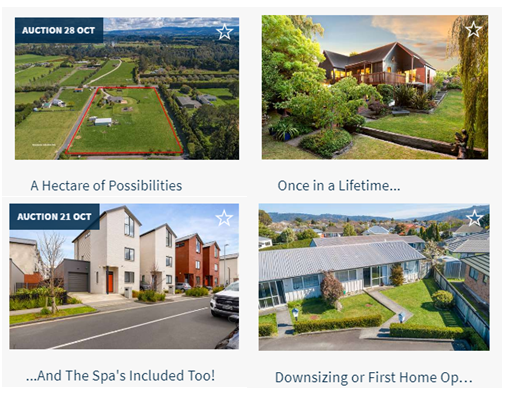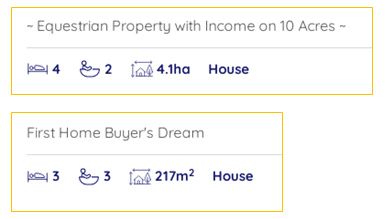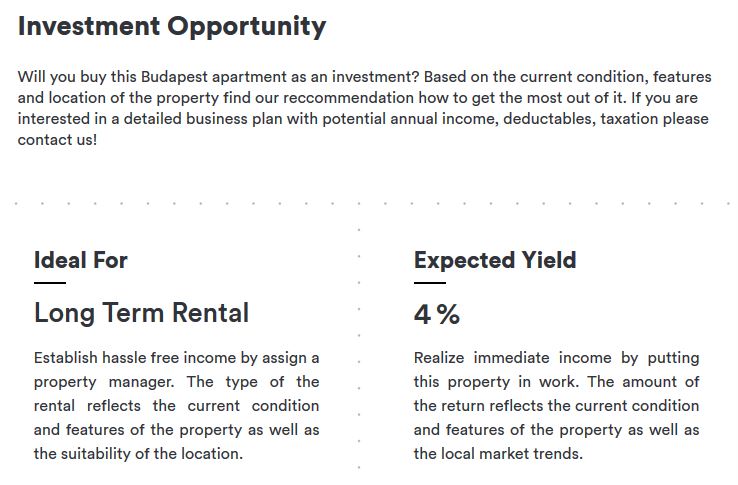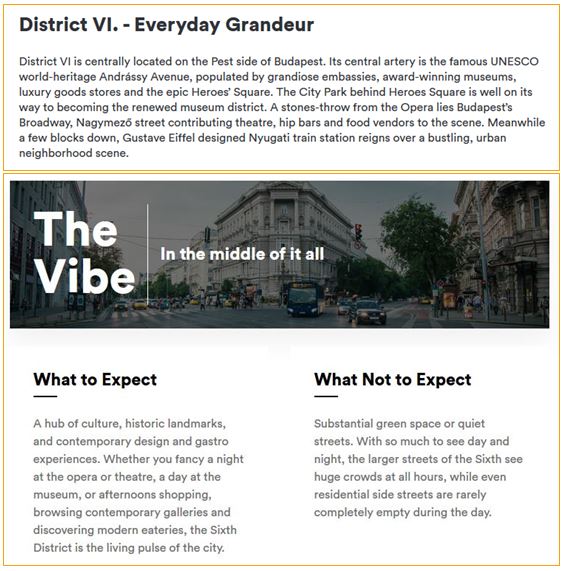6 real estate copywriting tips for better property descriptions!

Real estate ad copy: why property descriptions are so important
When it comes to buying or selling real estate, there’s no question about how crucial professional photographs are in conveying a property’s appeal—but that doesn’t mean you can be complacent with the sales copy.
Here’s why high-quality property descriptions play a major role in your success as a real estate professional.
Photos say a lot, but they can’t tell the whole story
Even if a picture speaks a thousand words, you still need words to communicate value.
Because unless photographs can tell home buyers when a home was built or last renovated, what kind of heating system is in place, if the floors are solid hardwood or laminate, how many meters away the nearest rapid transit station is, or the brand of fixtures and appliances preinstalled in a unit, then you still need text to accompany your real estate ad.
In other words, property descriptions—your real estate ad copy—quantify and qualify key selling points in a way that photographs can’t.

Well-written copy makes you findable on search engines
Before a potential client picks up the phone or pops into your office, the first step of the home buying (or renting) journey involves researching what’s on the market. That is, people start their property search online.
So whether you’re advertising on third-party listing sites, have property-specific landing pages or publish directly to your own website, your pages must first be findable on search engines.
Sadly, photos alone won’t cut it because you need real estate copywriting (SEO headlines and property descriptions) to rank online and land listings in front of your target audience.
It’s the description that compels someone to contact you
You’re not going to get calls if your listing doesn’t capture (and keep) searchers’ attention.
Once a home buyer has filtered options according to specific search criteria, they will then narrow those options down even further into the listings they’d like to see in person.
Ultimately, what you write—how you’ve presented the property in addition to the brand tone of voice you’ve used—is what will motivate the reader to take action.
Photos tap into aspirations but it’s words that get the reader imagining life in that property.
A step-by-step guide to writing for real estate
You might be wondering: how hard can real estate copywriting be? Spoiler alert: it’s certainly not easy.
It takes a lot of effort to deviate from typical (read: tired) real estate descriptions that are, consequently, very rarely memorable. It takes a lot of effort to write an ad that attracts attention—and keep it long enough to get them all the way to the call to action. And it takes a lot of effort to write an ad that moves people to fire off an email or pick up the phone to schedule a viewing.
So how do you write the best real estate copy? Here are a few real estate copywriting tactics to beat the competition!
Tip 1: Write an attention-grabbing real estate headline
Real estate headlines are what people read first.
That means what you write has to stand out on a crowded page of real estate ads. But it also has to convince the reader to click through for more information!
Most of the time, that means your heading needs to be a lot more than the property’s address, a building name, or the asking price alone.
What types of headlines work best?
Well, your real estate headline can be creative. For example:

It can be descriptive:

It can be targeted:

Or it can be all of the above, as long as it’s not too long and as long as it’s comprehensible.
Tip 2: Know the ins and outs of the property
The real estate description forms the “meat” of your listing.
That means, it should have the important details a potential client needs in order to decide if they want to add the place to their to-see list—or discard the option entirely.
Keeping in mind that you probably don’t want to “waste” too much of your valuable time showing properties to people that aren’t likely to buy or rent, how do you write an effective description? That is, one that funnels qualified leads your way?
The answer: you must get to know as much as possible about the property.
- Inspect the property during the day and at night.
- Take the time to walk around and familiarize yourself with the neighborhood.
- Ask the former owners / tenants what they loved about living there.
Use that first-hand information to write a description that will resonate with your buyer personas.
Tip: Rather than waxing poetic about every little detail, focus on the best features and amenities—what makes the property special. You can always include more detailed information in a PDF upon request / inquiry.

Tip 3: Know your buyer personas
Aside from knowing the property, you also need to know who you’re targeting.
Who is going to buy this type of property? What would rank high on their list of priorities? What really matters to them?
Once you understand your potential buyer / tenant, it’s easier to write a description that appeals to them.
To put that into perspective:
- A young professional will have different needs compared to a family of four.
- Expats have different priorities compared to locals.
- The criteria for an investment property will differ from personal-use property.
Your real estate copywriting will be influenced by – and geared towards – specific types of customers. Take a look at this example:

From the get-go, it is clear who this specific listing is ideal for as well as why it’s worth thinking about, i.e. an expected yield of 4%.
Tip 4: Pick your words wisely
Write enough listings and you eventually reach a point where it feels like you’ve used just about every adjective in the dictionary. When that happens, you might resort to using real estate cliches, like “charming” and “gorgeous”, or throw in a few nice-sounding words, like “cozy” and “fixer-upper”.
Don’t—they’ve become meaningless. Instead, choose words that deliver value. For example: “landscaped”, “stainless”, and “brand new”.
Remember:
- Describe with accuracy.
- Don’t make the mistake of using misleading terms or making exaggerated statements.
- Make sure to check your spelling and grammar because people are less likely to want to see a property if the listing has spelling and / or grammatical mistakes.
Tip 5: Don’t be afraid to be different
I’m not suggesting deviating from the norms of real estate copywriting—there are, after all, standards to adhere to and expectations that must be met.
What I’m saying is don’t be afraid to show some personality in your real estate writing.
- Don’t want to sound like everyone else? Use your unique brand voice!
- Want to start a description with a question? Go for it!
- Want to share some eye-catching (and relevant) statistics with potential clients? Why not!
Here is a great example that shows how real estate writing doesn’t (and shouldn’t) be boring! The goal is to attract readers, not put them to sleep.

The above agency’s unique character is evident in their copy. As you can see, they go beyond the generic “location” description that so many other realtors stick to. Instead, they summarize the neighborhood’s “vibe” and even include a section outlining what to expect and what not to expect of that area.
That’s what makes reading their listings such a pleasure—and why people are more likely to reach out to them.
Tip #6: Presentation matters
For the love of all things beautiful, don’t forget to format your real estate ad.
No one wants to read one giant wall of text. And no one has the patience to sift through paragraph after paragraph of prose to get to the nitty-gritty of things.
To summarize, your real estate copy should:
- Make strategic use of headings;
- Have a logical flow;
- Be broken down into bite-sized sections;
- Be easy to understand;
- Have a bullet point overview to cater to those in a rush.
Tip: These are the real estate copywriting mistakes you DON’T want to make.
And that’s it!
I hope these tips help you write better real estate copy—and get more inquiries. But if you’re still struggling to convert views into inquiries or simply need guidance to bring out the best of your real estate writing, then I’d love to work with you. Just get in touch.